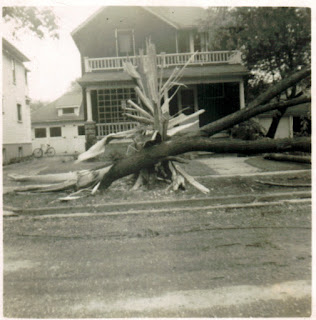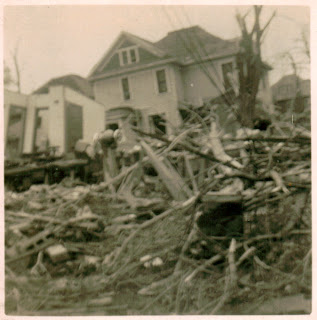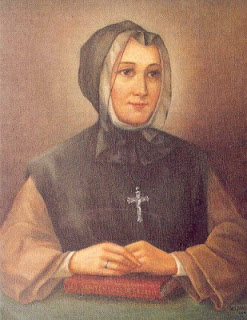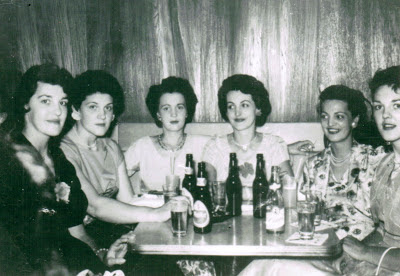Last January, I wrote a brief biography about Sébastien Hervet in the genealogical newsletter I publish for my family. (I sometimes like to "branch out" genealogically and research my brother-in-law's French-Canadian ancestors and my great-nephew's American ancestors.) Sébastien is the 6x great-grandfather of my brother-in-law Gabriel. I’ve adapted slightly this article for my blog, so that a wider audience can learn something about the ancestor of the Harvey family of the province of Quebec.
Birth
In 1642, a sixth child and fourth son was born to Gabriel Hervet and his wife Marguette Laurillo in Blois. The child, named Sébastien, was baptised there on 28 June 1642 in the Bourg-Moyen abbey.[1] Blois, an ancient city, is located on the banks of the Loire River between Orléans and Tours in central France. Its famous château de Blois was once a residence of French kings, including Louis XII who was born there in 1462.[2]
Sébastien’s father and uncle were tinsmiths, while other paternal relatives were tanners, merchants, and law clerks. His mother Marguette (a diminutive of Marguerite) came from a well-to-do merchant family. At her wedding, she brought a dowry of mille livres en argent and a trousseau of bed linen and tablecloths.[3] The Hervet family lived in relative comfort and prosperity. At the marriage of their daughter Renée in 1653, Gabriel paid a dowry of 1500 livres.[4]
Career
Sébastien was only eight years old when his mother died and not quite 12 years old when his father remarried. In due course, Sébastien followed in his father’s footsteps and began his training as a tinsmith. The Hervet men, whose home included a workshop and store, fabricated household objects like dishes, candelabras, and basins, as well as church objects like stoups (vessels placed at the entrance of a church containing holy water).[5]
Father and son’s close work collaboration came to an end with Gabriel’s death in October 1660.[6] The family experienced a change in fortune at this time, not only because the head of the family died, but also because the well-to-do clientele of Blois and its surroundings left the region after its benefactor prince Gaston d’Orléans died in February earlier that year.[7] (Gaston, son of King Henri IV and brother of King Louis XIII, often resided at the château de Blois. A court gathered at Blois, companions of the prince, as well as officials, nobles, musicians, and various other attendants whose presence influenced the social and financial character of the city.)
New France
In the spring of 1662, Sébastien’s sister Renée, her husband Hippolyte Thibierge and their two sons left for New France.[8] Soon after, brother Gabriel followed their sister to the French colony. It wasn’t long after his brother’s departure that Sébastien decided to join his siblings; he left for Canada about 1670-1671. The exact date is unknown, but it was before October 1671, because Sébastien was a witness at a marriage that month in Quebec.[9] Ten years later, he was living in Montreal, where he was enumerated on the 1681 census as "Sébastien Hervé". He was 33 years old, unmarried, with no occupation indicated.[10] He also had 15 arpents en valeur (cleared land).[11]
Marriage
At the rather advanced age of 46, Sébastien married at Notre-Dame in Quebec on 10 January 1689.[12] His bride Françoise Philippeau was a young widow with three children. The couple had five children of their own (three sons and two daughters) between 1689 and 1700.[13] Sébastien returned to Blois, France on two or three occasions, the last time in April 1708 to claim his share of an inheritance.[14]
Death
Sébastien died on 15 April 1714 in the Hôtel-Dieu of Quebec.[15] He was buried the following day in Quebec.[16]
Family Name
Sébastien and Françoise’s second son, also named Sébastien, was the only surviving son who married and had Hervet descendants. Over the years, he family surname changed gradually from Hervet, to Hervé, and later to Harvey.
Sources
1. Fichier Origine, database (http://www.fichierorigine.com : accessed 19 December 2011), entry for Sébastien Hervé/Hervet. Also, Ghislain Le Mauff, “Des Hervet blésois aux Harvey québécois”, Mémoires de la Société généalogique canadienne-française (volume 62, numéro 2, cahier 268, été 2011), 138.
3. Le Mauff, “Des Hervet blésois aux Harvey québécois”, 136.
4. Le Mauff, “Des Hervet blésois aux Harvey québécois”, 139.
5. Le Mauff, “Des Hervet blésois aux Harvey québécois”, 139.
6. Le Mauff, “Des Hervet blésois aux Harvey québécois”, 140.
7. Le Mauff, “Des Hervet blésois aux Harvey québécois”, 140.
8. Le Mauff, “Des Hervet blésois aux Harvey québécois”, 141.
9. Le Mauff, “Des Hervet blésois aux Harvey québécois”, 141.
10. “Histoire des Canadiens-Français 1608-1880: origine, histoire, religion, guerres, découvertes, colonisation, coutumes, vie dome[stique, sociale et politique, développement, avenir]”, digital images, Ancestry.ca (http://www.ancestry.ca : accessed 15 October 2012), V: 69; citing Benjamin Sulte, Histoire des Canadiens-Français 1608-1880 : origine, histoire, religion, guerres, découvertes, colonisation, coutumes, vie domestique, sociale et politique, développement, avenir, 8 vols. (Montréal: Wilson & Cie., 1882-1884).
11. Sébastien's 15 arpents equal about 12.67 acres (area) or 13.78 acres (length). "Conversion des unités de mesure, de longueur et de superficie", database, Ressources naturelles et faune Québec(http://foncier.mrnf.gouv.qc.ca/conversion/ : accessed 16 October 2012).
12. René Jetté, Dictionnaire généalogique des familles du Québec (Montréal: Les Presses de l’Université de Montréal, 1983), 567, “Sébastien Hervé”.
13. Jetté, Dictionnaire généalogique des familles du Québec, “Sébastien Hervé”.
14. Le Mauff, “Des Hervet blésois aux Harvey québécois”, 142.
15. Jetté, Dictionnaire généalogique des familles du Québec, “Sébastien Hervé”.
16. Jetté, Dictionnaire généalogique des familles du Québec, “Sébastien Hervé”.
Copyright © 2012, Yvonne Demoskoff.









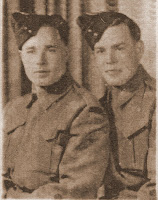
.BMP.jpg)


